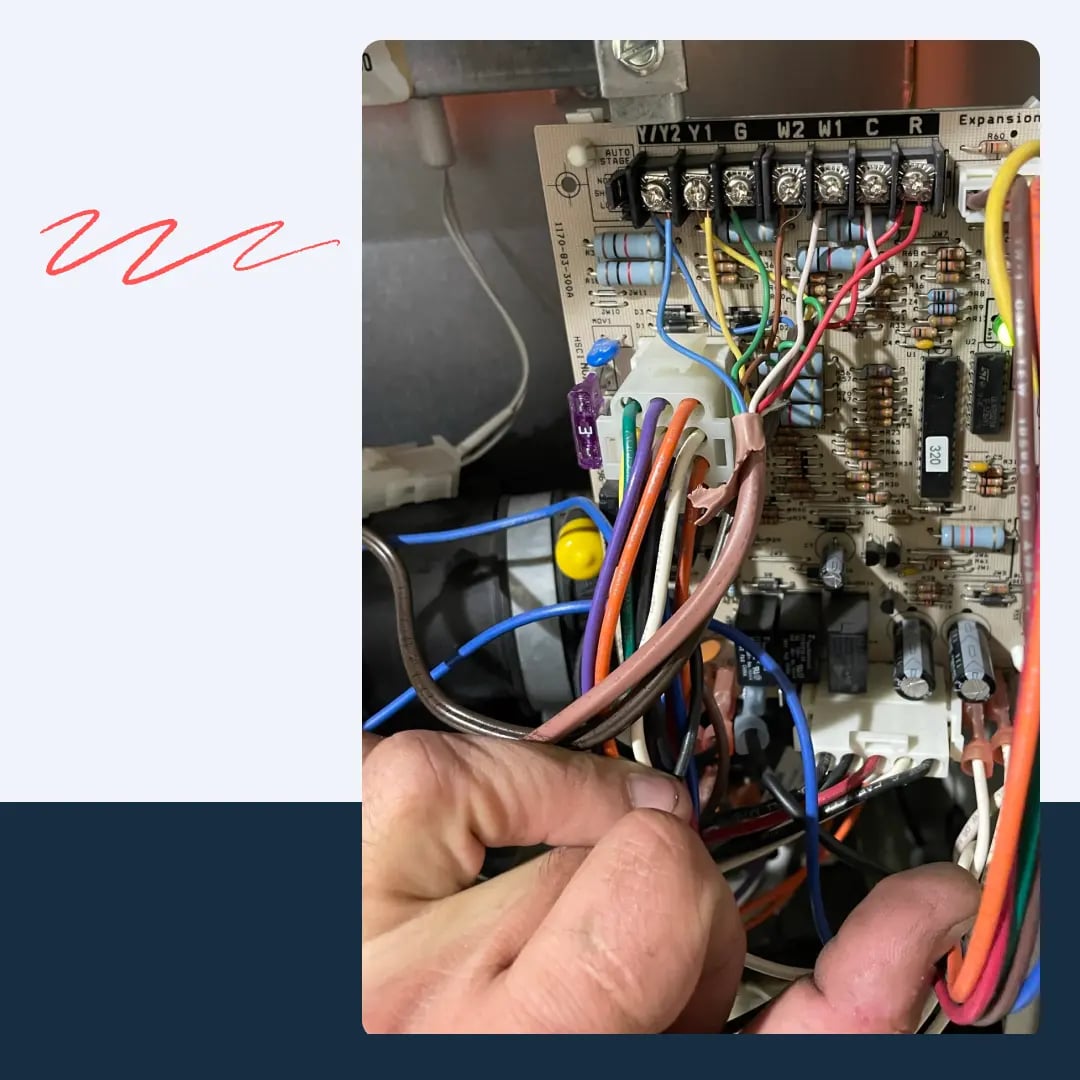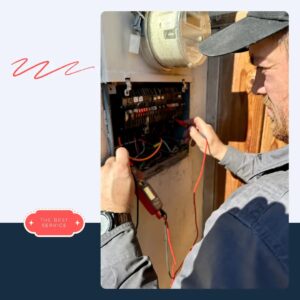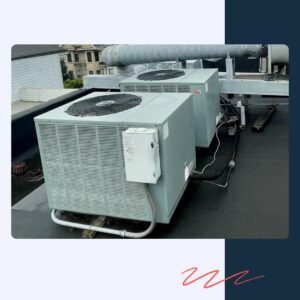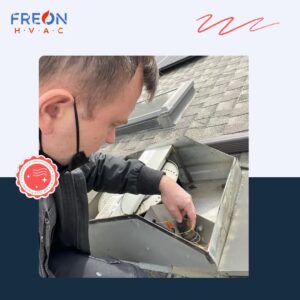All About the Average Cost of AC Unit and How to Reduce It
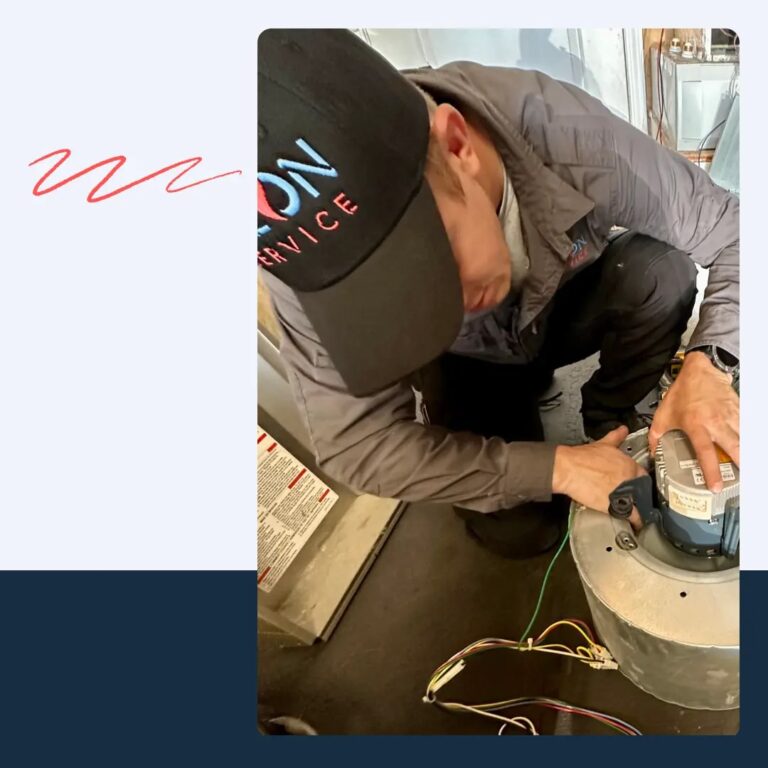
This upgrade doesn’t come cheap. Not even for an apartment. And especially not for an office. Typical reactions to the bill for installing this machine of coolness usually range from “ouch” to “but it’s like a spaceship!” Why is that? And can anything be done about it? Freon Service will answer these questions in detail here. Spoiler: the price can be lowered. And you don’t have to overpay.
Why the Cost to Install an AC Unit Has Risen in Recent Years
In fact, those who tried to install or replace an air cooler indoors in 2023–2025 faced a sharp price increase. About 15–20%. From $5,000–$8,000 in 2023 to $6,000–$10,000 in 2025 for a typical central system. Craving explanations?
Since the start of the pandemic, inflation has intensified:
- Aluminum, steel, and insulation have been rising in price since 2022.
- Copper jumped by 20%.
- Transportation costs for components soared by up to 30%.
- The average cost of AC unit increased by at least 10%, sometimes even 20%.
This was made worse by geopolitical tensions and trade restrictions:
- There was a shortage of semiconductors, microchips, compressors, refrigerants, and controllers. Even in 2024, the situation hasn’t fully recovered.
- Some climate control models were delivered with delays of 2–3 months.
- Installations were postponed.
- Companies were forced to purchase more expensive alternatives to avoid losing clients.
The weather didn’t hold back and dealt a blow. Americans responded:
- Since 2022, San Jose has experienced record heatwaves with temperatures above 95F in July–September. For many people, the new AC unit installation cost has become less important than the craving for coolness.
- In 2023, new federal environmental standards—SEER2 and the transition to safer refrigerants (A2L)—took effect.
What did this lead to?
- Old air conditioners started failing en masse.
- New models became 10–30% more expensive.
- Demand for installations spiked in the summer, overloading installation crews. They began raising prices during peak season.
What Affects the Cost to Install an AC Unit Beyond the Obvious
By obvious, we mean the model and capacity of the desired device. That’s what newly minted owners of the “Lord of Coolness” usually think about. But what doesn’t typically come to mind? The answer might surprise you.
- Complexity of Access to the Installation Site
Here’s the deal: If the outdoor unit of the air conditioner needs to be mounted
- on a high wall,
- on a narrow balcony,
- or on a steeply sloped roof—
then the average cost of AC installation becomes much more complicated and expensive.
Why?
You need additional brackets, safety equipment, and possibly even renting lifting gear. Bottom line: It requires more people and time.
The surcharge can range from $200 to $1,500.
- Condition of the Electrical System and Need for Upgrades
You might be wondering: What do wires have to do with it?
They matter because an air conditioner needs stable power. If you have:
- old wiring,
- a weak circuit breaker,
- or no dedicated line for the air conditioner—
you’ll need to call an electrician, run a new line, install a breaker, and get the power capacity approved.
This can add $300–$1,200.
- Presence or Absence of Ductwork
If your space already has ductwork, the installation will be faster and cheaper. If there’s none but you want a central system, you’ll have to:
- install ducts,
- open up ceilings/walls,
- rework the ventilation.
This increases the average cost to install central air by an additional $2,000–$5,000.
- Requirements for Inspections and Permits
Our city is wonderful and full of responsibility. For example, installing “Heat Rescuers” requires:
- city permits,
- compliance with Title 24 (our main energy code),
- and sometimes even a final inspection.
Without these:
- you might be denied connection,
- insurance won’t cover breakdowns or damage,
- fines are possible.
Permit fees can sometimes cost up to $500. But don’t worry, this is usually the price for commercial properties or multi-family buildings.
- Reviews, Reputation, and Company Workload
Here’s more food for thought: Even with the same technical conditions, the price can vary greatly from contractor to contractor.
- For example, companies with an excellent reputation, licenses, and reviews charge more.
- However, working with them is much safer. On the other hand, small independent contractors may lure you with their low prices. But they often leave their clients without insurance, permits, or long-term warranties.
As you can see, it’s not just about the brand of the device or the SEER rating. There are tons of hidden factors that aren’t mentioned in glossy brochures. Fortunately, you have Freon Service. We don’t hide anything from our clients and are always happy to share interesting insights from the exciting world of comfort and cooling.
How to Reduce Air Conditioner Installation Price in 2025
We can’t influence global events. But we can certainly make decisions about our own lives. With a smart approach, we can make the process of turning your home or industrial space into a pleasant place to be, no matter how much heat is besieging you outside.
- Schedule installation outside peak season. January to April or September to November are optimal times. Contractors can respond to your request faster. AC unit and installation cost will be 15–20% lower than, say, in July.
- Take advantage of tax credits and rebates. Check energystar.gov, pge.com, sanjosecleanenergy.org, and bayren.org to find a program that fits your case. Freon Service will help with paperwork and provide necessary documents, such as invoices and ENERGY STAR certificates.
- Choose the right system for your needs:
- If there’s no central ventilation, a mini-split system will cost less and pay off faster.
- Heat pumps with SEER2 provide cooling, heating, savings, and eligibility for credits.
- Avoid inefficient options like window or portable units with low SEER (8–12) and high operating costs.
- Work with a reliable contractor who will give you a detailed proposal on how much does it cost to install an AC unit, with calculations based on tonnage, SEER2, and brand, so you don’t pay for unnecessary capacity or outdated models.
- Maintain your new “Icy Breezer.”
- Annual filter replacements and coil cleaning sound simple but will extend its lifespan. It costs $100–$200 per year but saves thousands in the long run.
- Consider purchasing a smart thermostat. It optimizes energy use, potentially saving 10–20% on cooling bills annually.
What’s the final result? With the right approach, market understanding, and a licensed team, you can get reliable cooling, energy efficiency, and a pleasant answer to the question: How much does it cost to install an AC unit?
